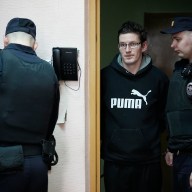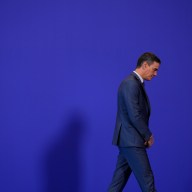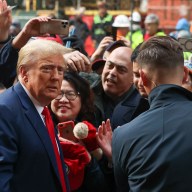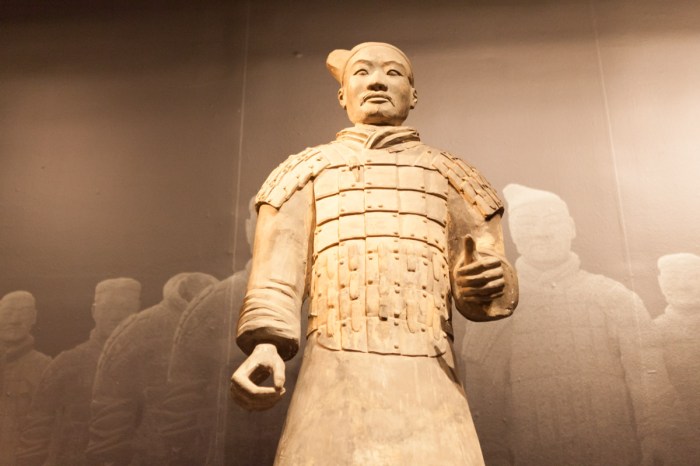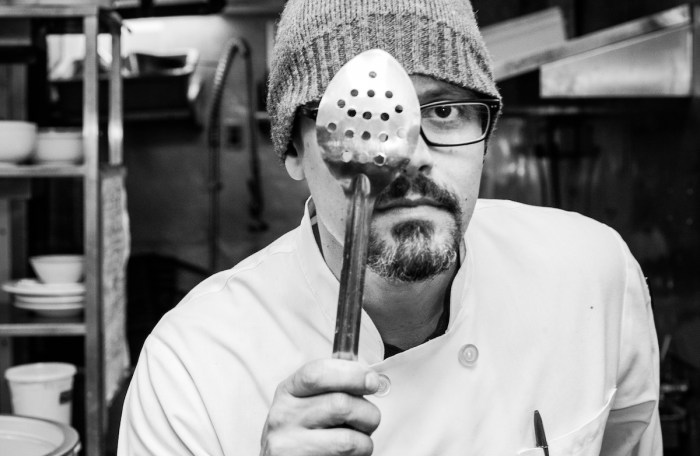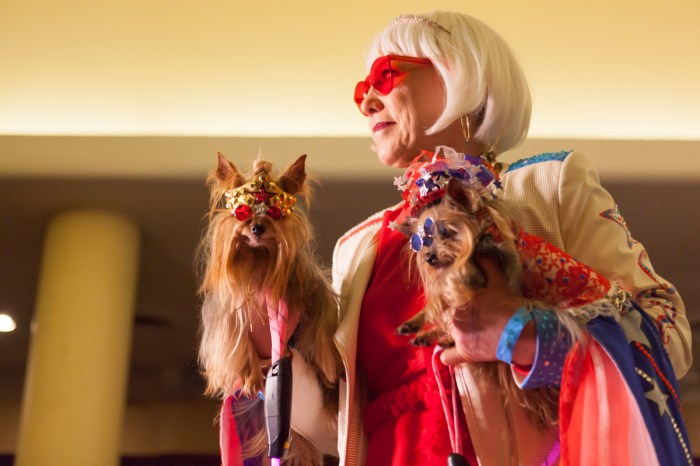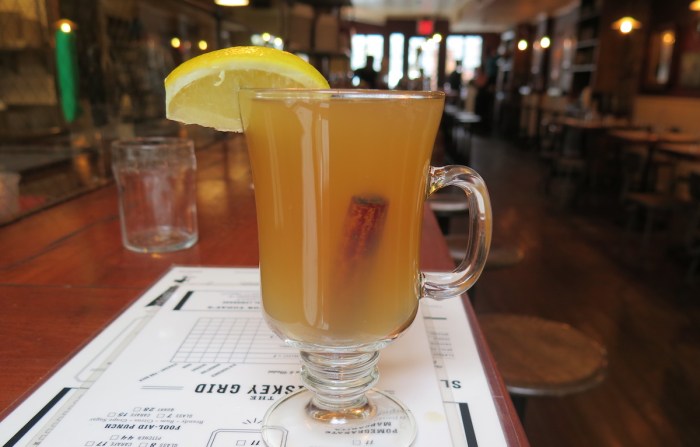Underneath Essex Street on Manhattan’s Lower East Side, an experiment in the future of urban development has flourished.
The world’s first underground park, theLowline Lab, opened in October 2015 after a successful Kickstarter, offering an urban oasis for visitors while giving researchers unprecedented data on channeling sunlight underground to create green space where no one had thought it could exist before. Through Feb. 26Saturday-Sunday, 11 a.m.-5 p.m.140 Essex St.Free, thelowline.org/lab RELATED: What’s best for New York? Talk it over with the city’s icons But at the end of February, it’s closing to make way for the usual kind of urban development.
“The Lab was only meant to be a short-term scientific experiment,” says Dan Barasch, co-founder and executive director of the Lowline Lab. This was just the first phase of a larger project to build a permanent underground park and only supposed to last six months, but intense public interest — over 100,000 visitors to date — allowed them to extend their lease. The site is one of nine that will become a massive new mixed-use development called Essex Crossing.
Watch how @LowlineNYC harvests natural light and directs it to their underground park. ☀️ pic.twitter.com/YaQCEltVtL— Curbed (@Curbed) November 4, 2016
The park’s last day will be Feb. 26; until then, you can visit the lab — admission is free — on Saturdays and Sundays from 11 a.m. to 5 p.m. Two special upcoming events include a science fair on Feb. 11 with “a wide range of organizations, companies and speakers who are doing something really compelling with science for social good,” says Barasch. And on Feb. 12, the park will host Winter Daylife, a pop-up with food vendors from nearbyEssex Street Market, which will be relocated to Essex Crossing. Besides being an oasis in a neighborhood without much greenery, the Lowline Lab has hosted art, wellness, social and educational events, and the team is looking at ways to re-establish a public facility to continue them. “We grew strawberries in the middle of winter,” he says of the plant that excited him most. The Lab houses thousands of them, from mosses to herbs like mint and even pineapples — both the amount of sunlight they’ve been able to harness and variety of thriving plants exceeded the team’s expectations. “The Lowline now moves into a different phase, which is an even more exciting phase. In some ways, our research is only going to be scaling up from here.”






